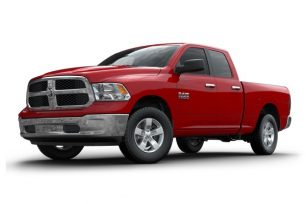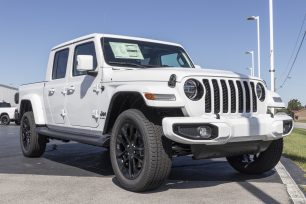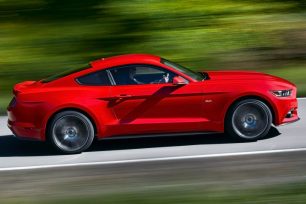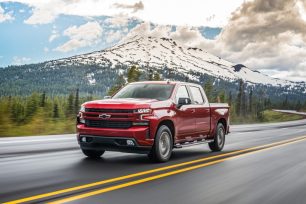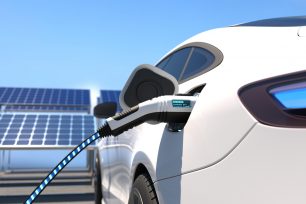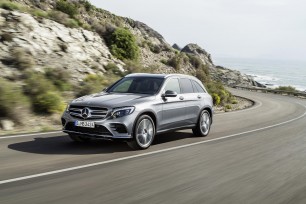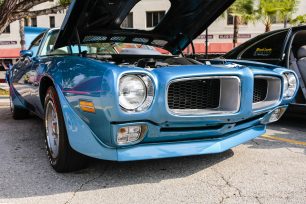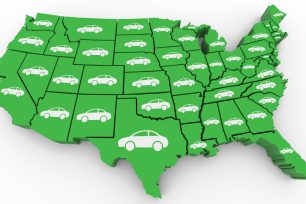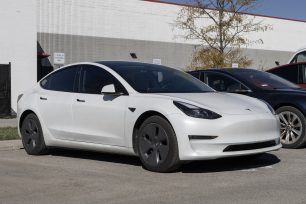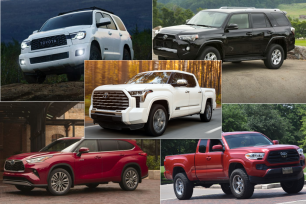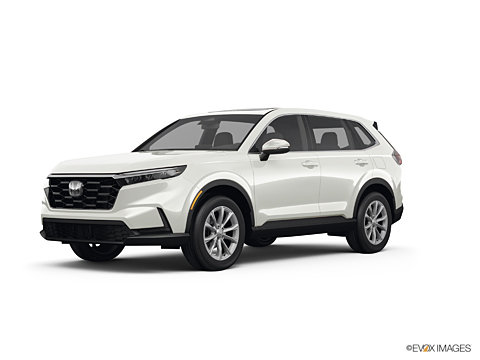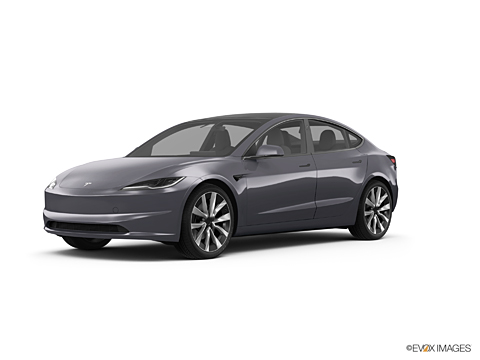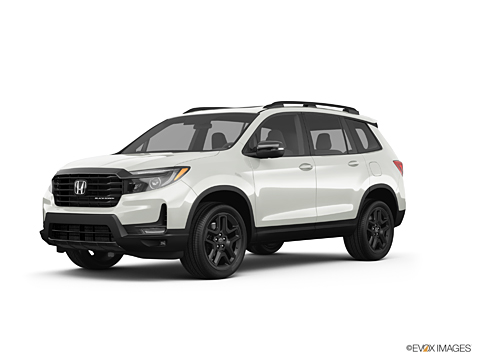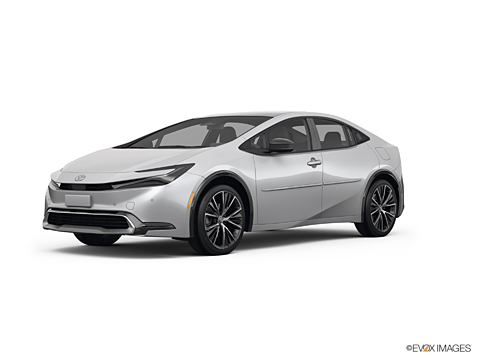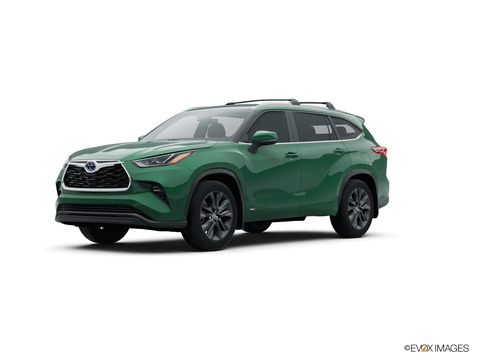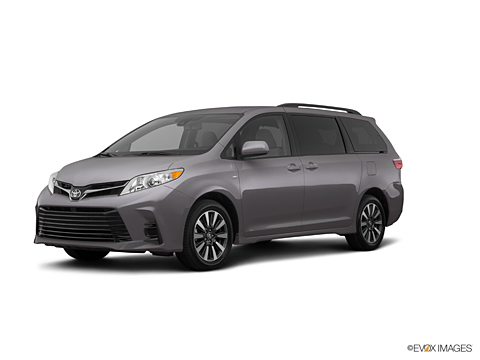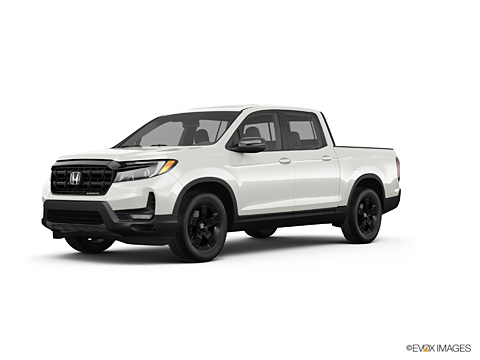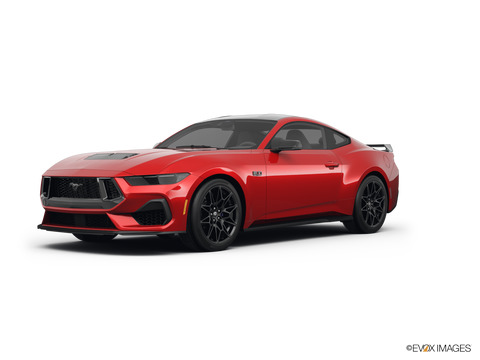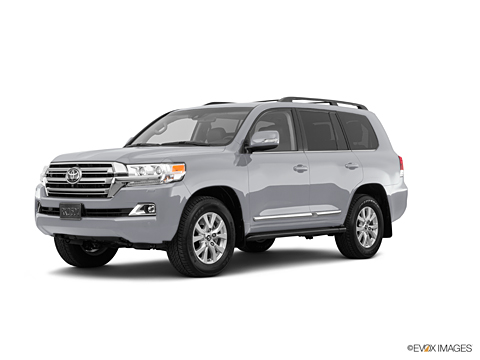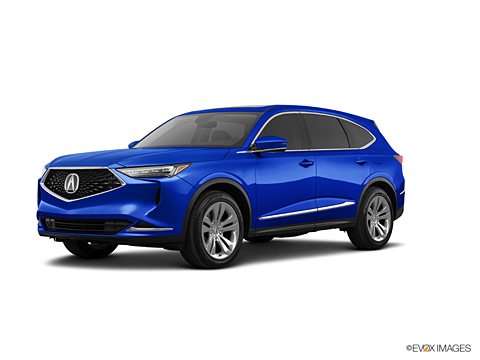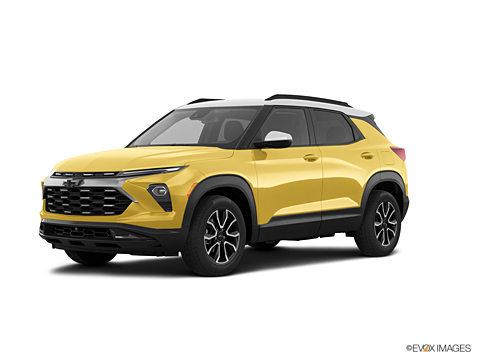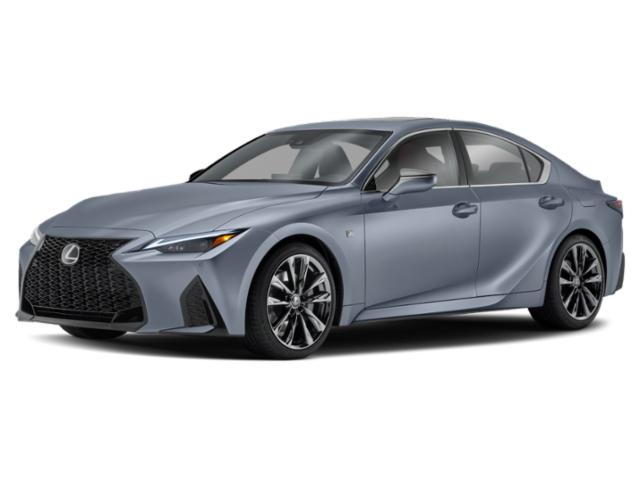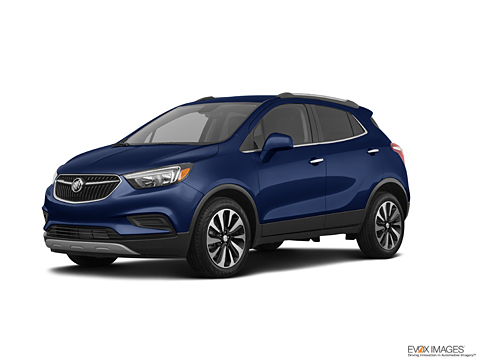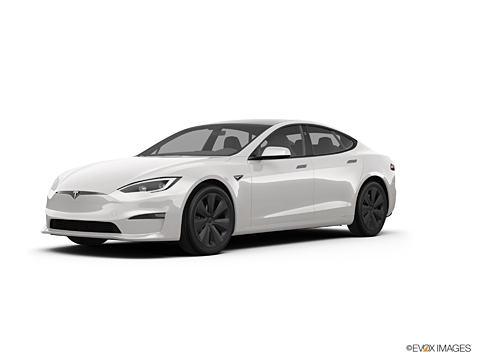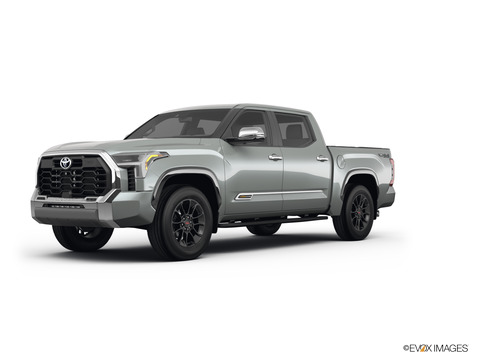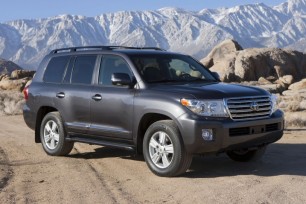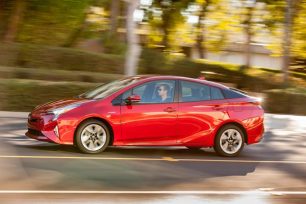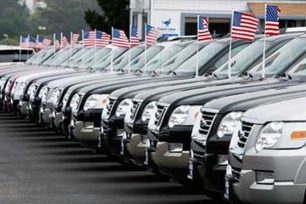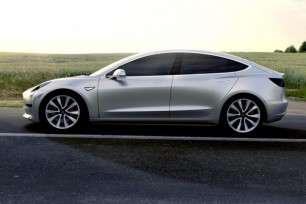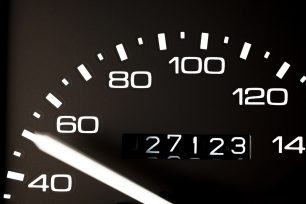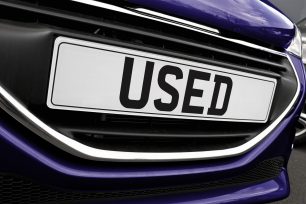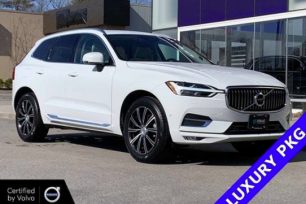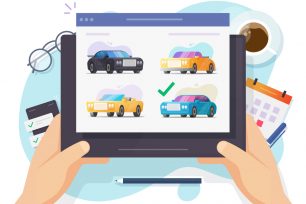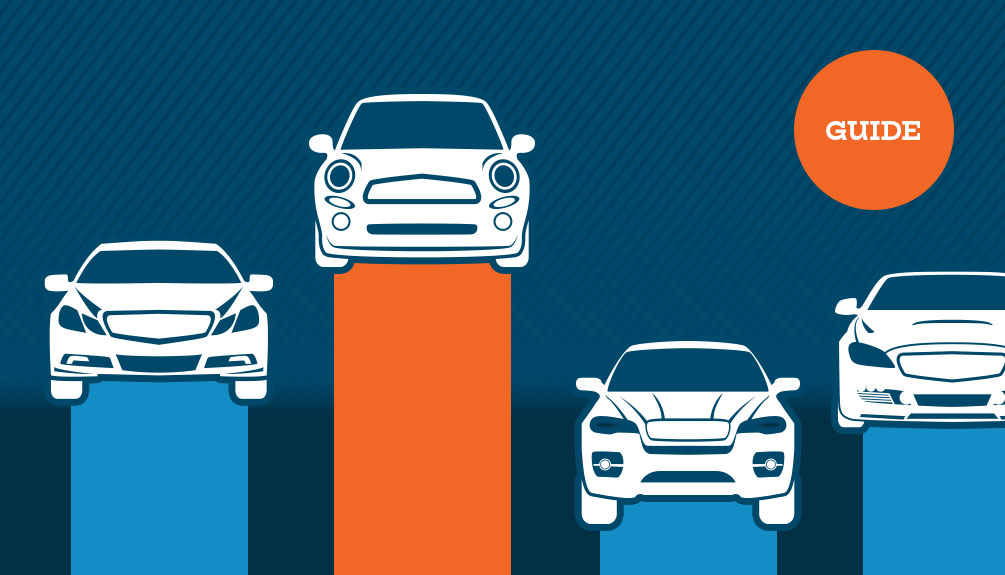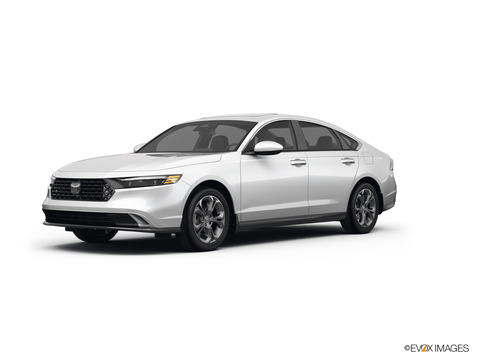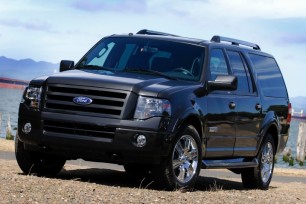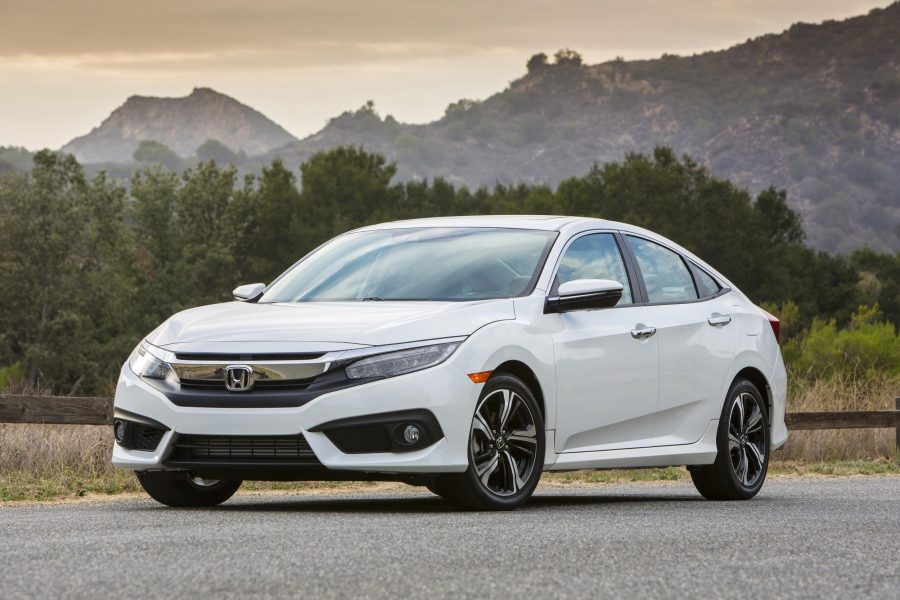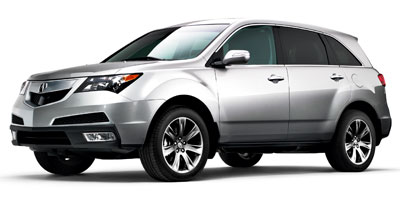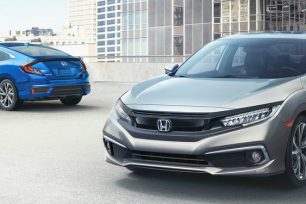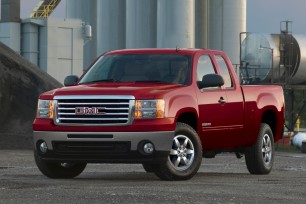When you’re buying a new car at a dealership there’s plenty of research involved, but the item most car buyers really care about is the window sticker, or “Monroney label” as it is sometimes called.
The term Monroney originates from Mike Monroney, a senator from Oklahoma who sponsored and passed a bill in 1958 requiring every new vehicle sold in the USA to display a window sticker with basic vehicle information. This includes the vehicle’s identification number (VIN), standard and optional equipment, warranty information, and, most importantly, the Manufacturer’s Suggested Retail Price, or MSRP.
Having a window sticker decal on every new vehicle (usually found on a side window) ensures a consistent and transparent reference point for a vehicle’s price. Of course a car dealer is free to charge whatever it wants for a given vehicle, but the Monroney sticker will at least reflect what a dealer is asking for a car relative to its official price as determined by the manufacturer. If the dealer is charging a price above MSRP, often referred to as “mark up,” it must be also displayed on the vehicle’s window.
How To Get and Use a Used Car Window Sticker
While having a window sticker is legally required for new cars, can buyers get a window sticker for a used car? And even if you have access to the original window sticker, does it offer any value in the used car market?
The answer to both questions is yes. Several sources, including iSeeCars.com, will let you buy a high-quality window sticker for a used car. All you need is the car’s vehicle identification number (VIN) to generate a digital copy of the car’s new vehicle window sticker. The window sticker will list the car’s original equipment, including drivetrain specifications, standard equipment, optional equipment along with each option’s MSRP and safety ratings. It will also list exterior and interior colors, fuel economy ratings, and warranty information.
This information can verify how a used car was originally configured and help identify any changes to the vehicle after it left the new car dealership. As with a vehicle history report, a window sticker is another critical document in verifying a car’s identity and condition as consumers move through the used car buying process.
If you’re a used car buyer, look into your options for acquiring a window sticker. While they are not available for every used car, most vehicles sold in the past 15 years should have an available window sticker.
Window stickers can also benefit used car sellers because they quickly validate a car’s identity and original equipment. This is particularly helpful for cars that still retain their original equipment, as a window sticker confirms both what the car was sold with when new and that it likely hasn’t been modified after its initial sale.



